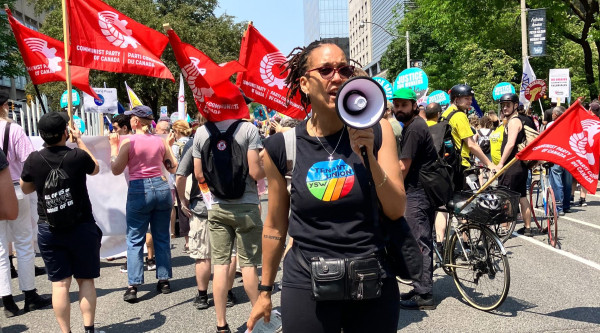It can also lead to better health, providing security and safety. But unfortunately, homeownership may seem like a dream for many Canadians due to the country’s inflated housing bubble.
What is a Housing Bubble?
According to the National Bank of Canada, a housing bubble arises when the demand for real estate results in the price of a home or rent rising at an unsustainable rate. Typically, in a sustainable market, real estate prices would increase gradually, which provides homeowners with stability and security as they continue to gain equity, and sellers improve their profit margins. Furthermore, buyers are less likely to be pushed out of the real estate market due to lower interest rates.
In contrast, an unsustainable market occurs when real estate prices grow due to speculation, based on assumptions of buying low and selling high, high demand and limited supply, or inflation. In an unsustainable market, a real estate market cannot support itself, resulting in insufficient housing for buyers.
The Right to Housing
The right to housing is a basic human right that can be traced back decades ago when advocates pressured the Canadian government to introduce stronger commitments to promote accountability and address system issues in the real estate market. Therefore, in the government’s efforts to provide housing relief for Canadians, the government introduced new legislation, known as the National Housing Strategy Act (the “Act”).
On July 9, 2019, the Act was passed, which recognized international standards requiring the right to housing and ensured that policies and independent monitoring create effective solutions. For example, the Act creates a foundation for a National Housing Strategy (the “Strategy”) to support the right to housing, establishing a National Housing Council and the Federal Housing Advocate to oversee the implementation of the strategy and promote and protect the right to housing in Canada.
Under the United Nations, this legislation affirms that people, regardless of race, ethnicity or background, have the right to live anywhere in Canada to an acceptable standard. The Act also holds the government accountable as it is their duty to adhere to the right to housing for every Canadian.
How does this impact Canadians, especially visible minorities?
To ensure the success of any policy, the government must accurately assess which groups of people have the most significant barriers to affordable housing and why they are vulnerable. In 2018, a report by Statistic Canada found that visible minorities (i.e., persons other than Aboriginal peoples who are non-Caucasian in race or non-white in colour) have less access to affordable housing and that most contribute more than 30% of their income to housing.
In a developed country such as Canada, where the cost of living increases yearly, its citizens are left to prioritize basic necessities. The severity of a housing bubble in Canada reflects the detrimental impact on Canadians, as access to affordable, adequate and suitable housing directly influences a country’s essential infrastructures, such as healthcare. This is reflected in the Ottawa Charter for Health Promotion, which recognizes housing as a fundamental prerequisite for health as it cannot be ensured by one infrastructure. It is important to understand that the concept of a society is intertwined through policies for the betterment of its citizens. Canadians hope these new policies will help relieve the constant pressure caused by this housing bubble, but it is still difficult to see the light at the end of the tunnel.










